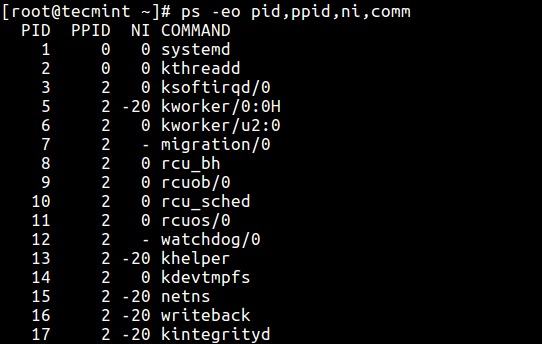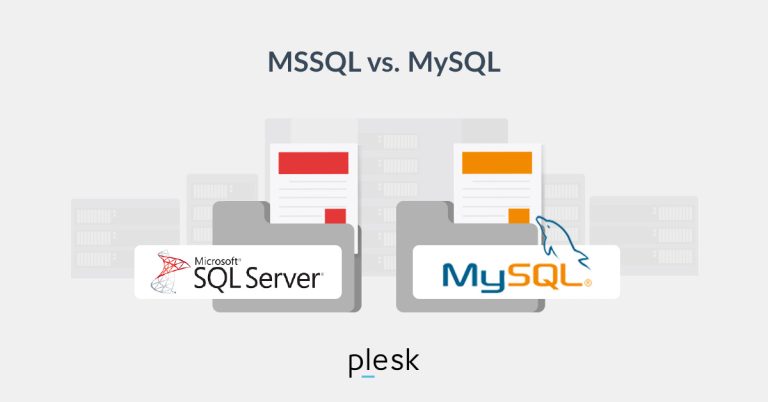Exploring Host-Based Intrusion Detection Systems: Their Function, Operation, and Threat Protection
Online businesses face serious risks from security threats, which can lead to significant financial and reputational damage. Attackers employ a variety of tools and methods to engage in harmful activities within a network. This makes it crucial for businesses to maintain robust security measures to guard against intrusions. Common security concerns include policy violations, unauthorized network access, and insider threats. To address these issues, an intrusion detection system (IDS) can be beneficial. It evaluates network activity and alerts users to any unusual or suspicious behaviors.
This comprehensive guide provides an insight into host-based intrusion detection systems (HIDS), explaining their function and operations.
A host-based IDS employs specialized signatures to identify potentially harmful activities that may compromise network systems. By monitoring applications and devices running on your system, HIDS ensures proactive protection against intrusions. It uses software to track changes and analyze information from computer systems.
A HIDS is designed to accomplish the following:
1. Analyze Traffic: It examines the traffic entering and leaving a computer with installed IDS software.
2. Signature-Based Detection: It compares network traffic signatures with a database of known malicious signatures.
3. Threat Intelligence: HIDS agents provide threat intelligence to detect and mitigate malicious activities within the system.
4. Monitor Critical Files: HIDS scrutinizes crucial system files for any changes.
5. Notify of Intrusions: It alerts users if there are attempts to modify critical files.
Hence, your devices and network remain constantly safeguarded.
A host-based IDS operates as follows:
1. Data Collection: It gathers data from computing systems.
2. Network Observation: It compares traffic patterns against known attacks through pattern correlation.
3. Activity Detection: It determines whether unusual activities constitute cyber attacks.
4. Activity Alert: Upon confirmation of suspicious activity, it triggers an alarm to prompt quick resolution and mitigate the attack.
A host-based IDS defends all critical data assets within a network system, including protecting cloud environments on platforms like AWS, Microsoft Azure, or Liquid Web. There are IDS solutions tailored for Windows, Linux, and Mac systems. However, since host-based IDS cannot block connections alone, it should be supplemented with a firewall or hardware firewall based on system requirements.
A host-based IDS shields against various threats such as:
1. Malicious Attacks: It detects unauthorized access attempts and alerts users in real time to minimize damage.
2. Asymmetric Routing: It identifies routes that attackers could use for DDoS attacks and suggests disabling them for better network protection.
3. Buffer Overflow Attacks: It detects and prevents attacks aimed at overloading system memory with malicious data.
4. Scanning Attacks: Prevents attackers from gathering network data and infiltrating systems by using advanced defenses like web application firewalls.
Additionally, host-based IDS is beneficial in supply chain management and ensuring compliance with standards like HIPAA and PCI.
Liquid Web’s Threat Stack host-based IDS offers extensive security benefits at an affordable price, providing full-stack cloud security with continuous monitoring, threat reporting, and delivery within the network. Combined with Liquid Web’s 24/7/365 support, Threat Stack enhances overall system protection against attackers.
For more information on Threat Stack’s comprehensive security solutions offered by Liquid Web, reach out to learn more about their services.





